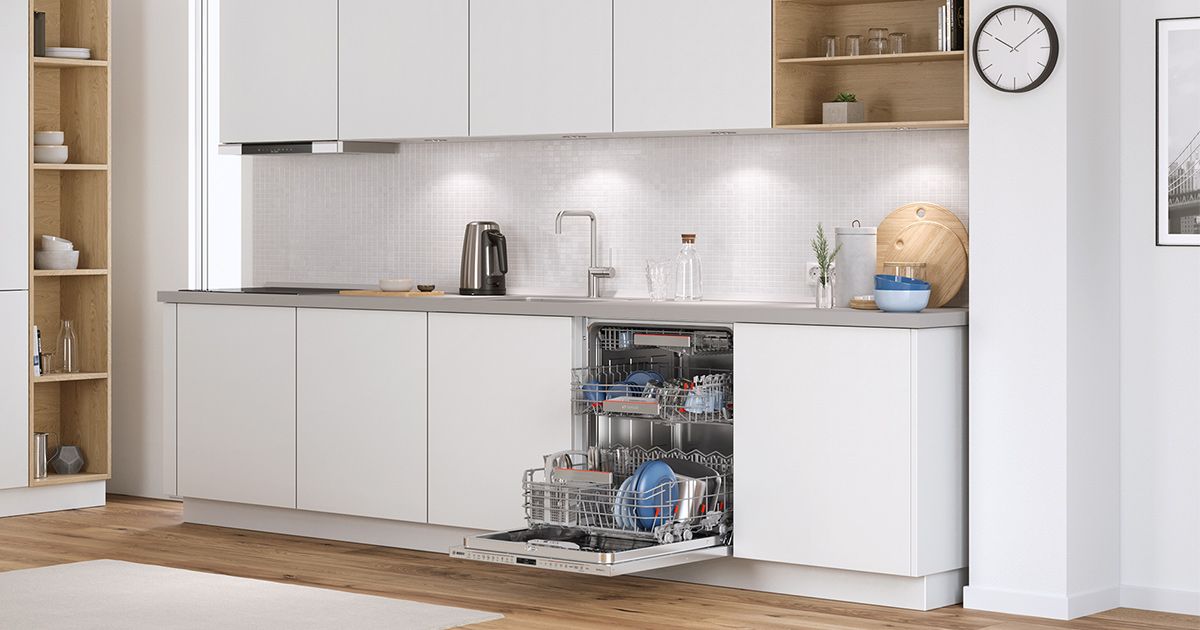

Articles
What Is Built In Dishwasher
Modified: October 28, 2024
Discover the benefits of a built-in dishwasher with our comprehensive articles. Learn about the features, installation process, and maintenance tips for a seamless dishwashing experience.
(Many of the links in this article redirect to a specific reviewed product. Your purchase of these products through affiliate links helps to generate commission for Storables.com, at no extra cost. Learn more)
Introduction
Welcome to the world of built-in dishwashers! If you’re tired of spending precious time and effort hand washing your dishes, then a built-in dishwasher can be a game-changer in your kitchen. No more scrubbing and soaking, just load your dirty plates and let the dishwasher do the work for you.
A built-in dishwasher is an essential appliance that is designed to be seamlessly integrated into your kitchen cabinetry. Unlike portable or countertop dishwashers, which can be moved around and may not offer a fully integrated look, built-in dishwashers are installed directly under your countertop, giving your kitchen a sleek and cohesive appearance.
But how does a built-in dishwasher work? What are the benefits of having one in your kitchen? And how do you install and maintain it? In this article, we will explore all these questions and more, giving you a comprehensive guide to built-in dishwashers.
Whether you already have a built-in dishwasher and want to learn more about its functionality and maintenance, or you are considering purchasing one, this article will provide you with the knowledge and insights you need to make informed decisions.
So, let’s dive in and discover the wonders of built-in dishwashers!
Key Takeaways:
- Say goodbye to the hassle of hand washing dishes with a built-in dishwasher! Enjoy time and effort savings, consistent cleaning, and a sleek kitchen aesthetic with this efficient and reliable appliance.
- Choose an energy-efficient built-in dishwasher to save water, energy, and reduce your environmental impact. Enjoy sparkling clean dishes while contributing to a more sustainable future.
Read more: What Is As-Built In Construction
How Does a Built-In Dishwasher Work?
Ever wondered how a built-in dishwasher works its magic on your dirty dishes? Let’s take a closer look at the inner workings of this amazing kitchen appliance.
A built-in dishwasher operates through a series of well-coordinated steps to deliver sparkling clean dishes. The process starts with the loading of dirty dishes into the dishwasher. The interior of the dishwasher is divided into racks and compartments, allowing you to organize your dishes efficiently.
Once your dishes are loaded, the dishwasher begins its cycle. The first step is pre-rinsing, where water is sprayed onto the dishes to remove loose food particles and debris. This water is then drained out to maintain cleanliness throughout the cycle.
Next comes the main wash, where the dishwasher dispenses detergent and hot water onto the dishes. The detergent works to break down stubborn grease and grime, while the hot water helps to kill bacteria and sanitizes your dishes.
During the wash cycle, rotating spray arms distribute water and detergent evenly, ensuring that every dish is thoroughly cleaned. Depending on the dishwasher model, there may be multiple spray arms to cover all areas inside the appliance.
Once the wash cycle is complete, the dishwasher moves onto the rinse cycle. Clean, hot water is sprayed onto the dishes to remove any remaining particles, detergent residue, and bacteria. This helps to achieve spotless and sanitary dishes.
After the rinsing, the dishwasher drains out the dirty water and may perform a final rinse with fresh water to ensure all traces of detergent and debris are removed. The drying phase then begins, where either a heating element or fan circulates warm air inside the dishwasher to dry the dishes.
Finally, the dishwasher signals the end of the cycle, and you can unload your clean and dry dishes. Some dishwashers even have additional features like delayed start, eco-mode, and quick wash options, providing you with flexibility and convenience in managing your dishwashing needs.
Overall, the built-in dishwasher’s intricate mechanism of water circulation, detergent, and heat work together to deliver exceptional cleaning results while saving you time and effort. It’s an efficient and reliable appliance that takes the chore out of dishwashing and leaves you with more time for other activities.
Benefits of a Built-In Dishwasher
Investing in a built-in dishwasher for your kitchen comes with a multitude of benefits that make it a worthwhile addition to your home. Let’s explore some of the advantages that a built-in dishwasher brings:
- Time and Effort Savings: One of the primary benefits of a built-in dishwasher is the time and effort it saves you in washing dishes. No more standing over a sink, scrubbing and rinsing plates for hours. Simply load up your dishwasher, press a few buttons, and let it do the work for you. This frees up your time to focus on other tasks or indulge in some well-deserved relaxation.
- Consistent and Thorough Cleaning: Built-in dishwashers are designed with advanced cleaning technologies that ensure consistent and thorough cleaning of your dishes. With rotating spray arms, powerful jets, and specialized cleaning cycles, even tough stains and baked-on food can be effectively removed. You can trust that your dishes will come out sparkling clean and ready to be used again.
- Sanitary and Hygienic Results: Dishwashers utilize hot water and high temperatures during the washing and rinsing cycles, effectively killing bacteria and sanitizing your dishes. This helps to maintain a hygienic environment in your kitchen, reducing the risk of foodborne illnesses and ensuring the health and safety of your family.
- Energy and Water Efficiency: Built-in dishwashers are designed to be energy and water-efficient, helping you save on utility bills while minimizing your environmental impact. Modern models often feature eco-friendly settings that use less water and energy, without compromising the cleaning performance. Additionally, dishwashers allow you to optimize the use of water by washing a full load of dishes at once, reducing water wastage.
- Improved Kitchen Aesthetics: Built-in dishwashers seamlessly blend into your kitchen design, offering a sleek and cohesive appearance. They are customized to fit under your countertop and can be integrated with your cabinetry, giving your kitchen a polished and sophisticated look. This helps maintain the overall aesthetics of your kitchen while providing the functionality you need.
- No Water Damage: Unlike portable dishwashers that require manual connections to your kitchen sink, built-in dishwashers are directly plumbed into your water supply and drainage system. This eliminates the risk of accidental leaks or water damage caused by improper connections, offering you peace of mind and a worry-free dishwashing experience.
These are just some of the many benefits that a built-in dishwasher brings to your kitchen and daily life. It is a convenient, efficient, and reliable appliance that can transform the way you handle dishwashing, making it a valuable investment for any modern home.
Installation Process for a Built-In Dishwasher
Installing a built-in dishwasher requires careful planning and attention to detail to ensure a successful and safe integration into your kitchen. Here are the general steps involved in the installation process:
- Measure and Prepare: Begin by measuring the space where you plan to install the dishwasher. Make sure you have enough clearance and height for the appliance. Check the width and depth requirements as well to ensure it fits perfectly. Clear out the area under the countertop and remove any existing cabinets or drawers if necessary.
- Check Plumbing and Electrical Connections: Ensure that you have the necessary plumbing and electrical connections near the installation area. Dishwashers require access to both hot and cold water supplies, as well as a drain for wastewater. Check the local building codes and regulations to ensure compliance.
- Prepare the Cabinet and Countertop: Make any necessary modifications to the cabinet to accommodate the dishwasher. This may include cutting out an opening for the dishwasher and ensuring proper support for the appliance. Similarly, if your countertop needs adjustments to allow for the dishwasher installation, consult a professional to ensure it is done correctly.
- Connect Water Supply and Drainage: Install the necessary water supply and drain lines for the dishwasher. Follow the manufacturer’s instructions for connecting the water lines securely, and ensure that the drain line is properly attached to the sink’s drain or a dedicated dishwasher drain line.
- Connect the Electrical Supply: If your dishwasher requires a dedicated electrical supply, consult a licensed electrician to ensure proper installation. Follow the manufacturer’s instructions for connecting the dishwasher to the power source and install a suitable circuit breaker if needed.
- Position and Secure the Dishwasher: Carefully slide the dishwasher into place, ensuring that it fits snugly under the countertop. Use leveling legs to adjust the dishwasher’s height and ensure it is level. Once positioned correctly, secure the dishwasher to the underside of the countertop using mounting brackets or screws provided by the manufacturer.
- Test and Check for Leaks: Before using the dishwasher, run a test cycle and check for any leaks or malfunctions. Ensure that the water supply and drain lines are properly connected and there are no loose connections. Look for any signs of water leakage and address them immediately.
- Complete the Finishing Touches: Once the dishwasher is installed and tested, reattach any removed cabinet fronts or panels, ensuring a seamless integration with the rest of your kitchen. Clean up any debris or leftover materials from the installation process.
It’s essential to follow the manufacturer’s instructions and consult professional help when needed during the installation process. A properly installed built-in dishwasher will provide you with efficient and trouble-free operation, making your dishwashing experience a breeze.
Maintenance and Care for a Built-In Dishwasher
Proper maintenance and care are crucial to keep your built-in dishwasher running smoothly and efficiently. By following these simple guidelines, you can extend the lifespan of your appliance and ensure consistently clean dishes:
- Regular Cleaning: Clean the interior of your dishwasher regularly to prevent buildup of food particles, grease, and mineral deposits. Remove and clean the filter according to the manufacturer’s instructions, as a clogged filter can affect the dishwasher’s performance. Use a damp cloth to wipe down the door, control panel, and rubber seals, ensuring there are no residues that can harbor bacteria or cause odors.
- Load Dishes Properly: Arrange your dishes in a way that allows water and detergent to circulate freely. Avoid overcrowding or blocking the spray arms, as this can hinder effective cleaning. Large and heavily soiled items should be placed on the bottom rack, while fragile items should be placed on the top rack.
- Choose the Right Detergent: Select a high-quality dishwasher detergent that is suitable for your dishwasher model and your water type. Avoid using regular dish soap or handwashing detergent, as they can create excess suds and potentially damage your dishwasher.
- Use Rinse Aid: Fill the rinse aid dispenser in your dishwasher with a rinse aid solution. Rinse aid helps to prevent water spots and enhance drying performance, leaving your dishes and glassware streak-free and shiny.
- Avoid Pre-Rinsing: Many modern dishwashers are designed to handle the dirty dishes without the need for pre-rinsing. Scraping off excess food debris is sufficient in most cases. Pre-rinsing can actually be counterproductive, as it can wash away enzymes in the detergent meant to break down food particles.
- Check and Maintain Water Temperature: Ensure that the water temperature in your dishwasher reaches the recommended level for optimal cleaning. Hot water helps to dissolve detergent effectively and remove grease and food residues. If you notice that the water is not heating properly, it may indicate a problem with the heating element, and professional assistance may be required.
- Inspect and Clean Spray Arms: Regularly inspect the spray arms for any clogs or obstructions that may affect water flow. Remove any debris by gently scrubbing the spray arms with a soft brush. Clean out the spray arm nozzles if they become clogged with mineral deposits.
- Regularly Check for Leaks: Periodically inspect the water supply and drainage connections for any signs of leakage. Ensure that all connections are secure and tight, and address any leaks immediately to avoid water damage to your kitchen.
- Perform Maintenance Cycles: Some dishwashers offer specific maintenance cycles, such as a self-clean or descaling cycle. Follow the manufacturer’s instructions to perform these cycles periodically to remove any buildup and keep your dishwasher operating at its best.
By following these maintenance and care tips, you can keep your built-in dishwasher in top condition and enjoy consistently spotless dishes for years to come.
When looking for a built-in dishwasher, consider the size and capacity that best fits your kitchen and household needs. Also, look for features like adjustable racks, energy efficiency, and noise levels.
Read more: What Does Ae Mean On Lg Dishwasher
Common Issues and Troubleshooting Tips for Built-In Dishwashers
Despite their reliability, built-in dishwashers may occasionally experience issues that affect their performance. Here are some common problems you may encounter with your dishwasher and troubleshooting tips to resolve them:
- Dishes Not Getting Clean: If you find that your dishes are not coming out clean, check the following:
- Ensure that you are loading the dishes properly, allowing water and detergent to flow freely.
- Clean the spray arms and check for any clogs or obstructions.
- Confirm that the water temperature is set to the recommended level for effective cleaning.
- Check if the dishwasher filter is clean and unclogged.
- Dishwasher Not Draining: If water is not draining properly from your dishwasher, try the following:
- Inspect the drain hose for any kinks or blockages and ensure it is properly connected to the drain.
- Clean out the drain filter and check for any obstructions.
- Make sure the air gap (if applicable) is clear of debris and functioning correctly.
- Check the garbage disposal if your dishwasher is connected to it, as a clogged disposal can cause drainage issues.
- Excessive Noise: Unusual noises during operation can be due to various factors. Here’s what you can do:
- Ensure that the dishwasher is properly leveled to prevent excessive vibration and noise.
- Check that dishes or utensils are not rattling against each other or the dishwasher walls.
- Inspect the spray arms for any obstructions or loose components.
- Make sure the dishwasher is not overloaded, as it can cause imbalances and noisy operation.
- Leaks or Water Pooling: If you notice water leaking from your dishwasher, address the issue promptly:
- Check the door gasket for any tears or damage and replace if necessary.
- Ensure that the dishwasher is properly aligned and secured in its place.
- Inspect the water supply and drainage connections for any leaks or loose fittings.
- Make sure the dishwasher is not overloaded, as excess water can cause leakage during the cycle.
- Foul Odors: If your dishwasher has a persistent unpleasant odor, try the following:
- Clean the interior of the dishwasher, including the door, gasket, and drain area, to remove any food particles or residue.
- Run a cycle with a dishwasher cleaner or a mixture of vinegar and baking soda to eliminate odors.
- Make sure to regularly clean the filter and remove any built-up debris.
- Allow the dishwasher to dry completely between cycles by propping the door open slightly.
If you encounter more complex issues or these troubleshooting tips do not resolve the problem, it is recommended to consult the manufacturer’s manual or seek assistance from a professional appliance technician.
By addressing these common issues promptly and performing regular maintenance, you can keep your built-in dishwasher functioning optimally and enjoy hassle-free dishwashing in your kitchen.
Energy Efficiency and Environmental Impact of Built-In Dishwashers
Energy efficiency and environmental impact are important factors to consider when choosing a built-in dishwasher. Let’s explore the benefits of energy-efficient dishwashers and their impact on the environment:
Energy Efficiency:
- Water and Energy Savings: Energy-efficient dishwashers are designed to minimize water and energy consumption. They use advanced technologies, such as sensors and efficient spray systems, to optimize water usage without compromising cleaning performance. This not only helps to conserve natural resources but also reduces your utility bills.
- Energy-Saving Features: Many energy-efficient dishwashers have additional features that promote energy savings. These include delayed start options, allowing you to run the dishwasher during non-peak hours when energy rates may be lower. Some models also offer eco or energy-saving modes that adjust water temperature and cycle durations to minimize overall energy usage.
- Improved Insulation and Heating: Energy-efficient dishwashers often have better insulation to retain heat during the wash and dry cycles. This means they require less energy to heat the water and maintain suitable temperatures, resulting in energy savings over time.
Environmental Impact:
- Reduced Water Usage: Traditional handwashing can consume a significant amount of water, as it often involves running the faucet continuously. Energy-efficient dishwashers, on the other hand, use targeted spray systems and efficient water distribution to minimize water consumption. This helps conserve one of our most precious natural resources.
- Reduced Chemical Usage: Dishwashers are designed to work effectively with eco-friendly detergents, which are formulated to be more environmentally friendly. Using these detergents in an energy-efficient dishwasher can help reduce the release of harmful chemicals into the water supply and limit their impact on aquatic ecosystems.
- Lower Carbon Footprint: By using an energy-efficient dishwasher, you can reduce your carbon footprint. Traditional dishwashing methods often involve the use of hot water and excessive energy, whereas energy-efficient dishwashers are designed to operate with minimal energy consumption. This means fewer greenhouse gas emissions and a smaller impact on climate change.
- Durability and Product Lifespan: Energy-efficient dishwashers are built to meet high standards of efficiency and performance, which often translates to a longer product lifespan. This means fewer appliances in landfills and less waste over time.
When shopping for a built-in dishwasher, look for Energy Star certified models, as they meet the strict efficiency standards set by the Environmental Protection Agency (EPA). These dishwashers are tested and verified to save water, energy, and reduce environmental impact.
By choosing an energy-efficient dishwasher, you can contribute to a more sustainable future by conserving resources, reducing energy consumption, and minimizing your environmental footprint.
Comparison between Built-In Dishwashers and Other Types
When it comes to choosing the right dishwasher for your kitchen, there are various options available. Let’s compare built-in dishwashers with other types to help you make an informed decision:
Built-In Dishwashers:
- Integration: Built-in dishwashers are designed to seamlessly integrate into your kitchen cabinetry. They offer a cohesive and polished look, as they are installed directly under the countertop. This integration adds to the overall aesthetic appeal of your kitchen.
- Cleaning Capacity: Built-in dishwashers generally offer larger capacities than other types. They come with multiple racks and compartments, allowing you to wash a greater number of dishes, pots, and pans in a single load.
- Convenience: Once installed, built-in dishwashers become a permanent fixture in your kitchen, requiring no additional setup or storage space. They are always ready to handle your dirty dishes without the need for manual connections or setup.
- Customization: Built-in dishwashers can be customized to fit your specific needs and kitchen layout. You can choose from different sizes, styles, and finishes to match your cabinetry and decor, creating a cohesive and personalized look.
Portable Dishwashers:
- Portability: Portable dishwashers are freestanding units that can be moved around as needed. They are a suitable option for those who have limited kitchen space or who may need to use the dishwasher in multiple locations, such as apartments or rental properties.
- Ease of Installation: Portable dishwashers require minimal installation and do not require any modifications to existing cabinetry or countertops. Most models come with a built-in countertop that can be used for additional workspace when not in use.
- Smaller Capacity: Portable dishwashers generally have smaller capacities compared to built-in models. This means you may need to run more frequent cycles or have smaller loads, which can be less efficient in terms of time and energy usage.
- Mobility: The mobility of portable dishwashers allows you to take them with you when moving or relocating. This can be advantageous for renters or those who frequently change residences.
Countertop Dishwashers:
- Compact Size: Countertop dishwashers are small and compact, making them ideal for kitchens with limited space. They can be placed on a countertop or other flat surface and require minimal installation.
- Lower Capacity: Due to their compact size, countertop dishwashers have a lower capacity compared to built-in or portable models. This means they are suitable for smaller households or individuals who have fewer dishes to wash at a time.
- Ease of Use: Countertop dishwashers offer simple and intuitive operation. They typically connect directly to the kitchen faucet with a hose, and their control panels are easy to navigate.
- Portability: Similar to portable dishwashers, countertop dishwashers offer the advantage of portability. They can be easily moved or stored away when not in use.
Consider your specific needs, kitchen space, and washing requirements when comparing the different types of dishwashers. Each type has its own advantages and limitations, so choose the one that best suits your lifestyle and preferences.
Conclusion
A built-in dishwasher is a valuable addition to any kitchen, offering convenience, efficiency, and aesthetic appeal. Throughout this article, we have explored the various aspects of built-in dishwashers, from their functionality and installation process to the benefits they bring and maintenance tips to keep them running smoothly.
Built-in dishwashers save you time and effort by taking care of the dishwashing process for you. With their advanced cleaning technologies, you can trust that your dishes will come out sparkling clean and sanitized. The seamless integration of built-in dishwashers into your kitchen cabinetry adds a touch of elegance and enhances the overall look of your space.
By choosing an energy-efficient built-in dishwasher, you not only enjoy the convenience of a well-functioning appliance but also contribute to environmental sustainability. These dishwashers are designed to minimize water and energy usage, reducing your carbon footprint and conserving valuable resources.
Regular maintenance and care are essential to keep your built-in dishwasher in optimal condition. Simple tasks like regularly cleaning the interior, loading dishes properly, and using the right detergents and rinse aids can go a long way in ensuring the longevity and performance of your appliance.
When comparing built-in dishwashers with other types like portable or countertop dishwashers, consider factors such as capacity, integration, portability, and your specific kitchen requirements. Each type has its own advantages, so choose the one that best fits your needs and space.
In conclusion, a built-in dishwasher offers convenience, efficiency, and a polished look for your kitchen. Whether you already have a built-in dishwasher or are considering purchasing one, the knowledge gained from this article will help you make informed decisions and enjoy the benefits of a perfectly clean and hassle-free dishwashing experience.
Frequently Asked Questions about What Is Built In Dishwasher
Was this page helpful?
At Storables.com, we guarantee accurate and reliable information. Our content, validated by Expert Board Contributors, is crafted following stringent Editorial Policies. We're committed to providing you with well-researched, expert-backed insights for all your informational needs.
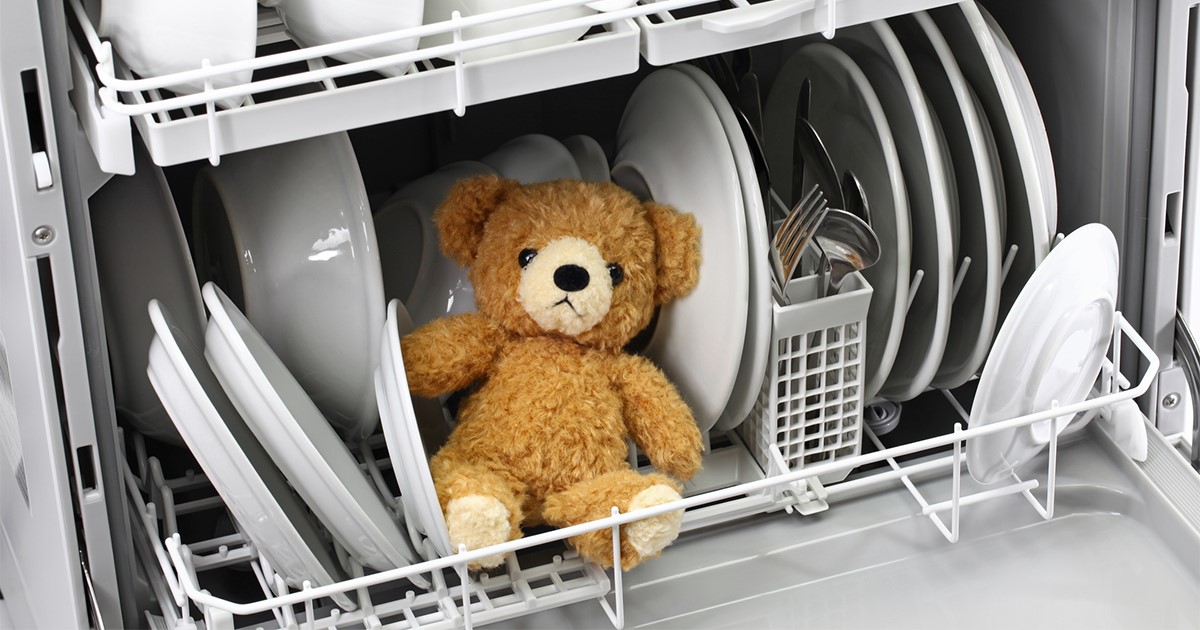

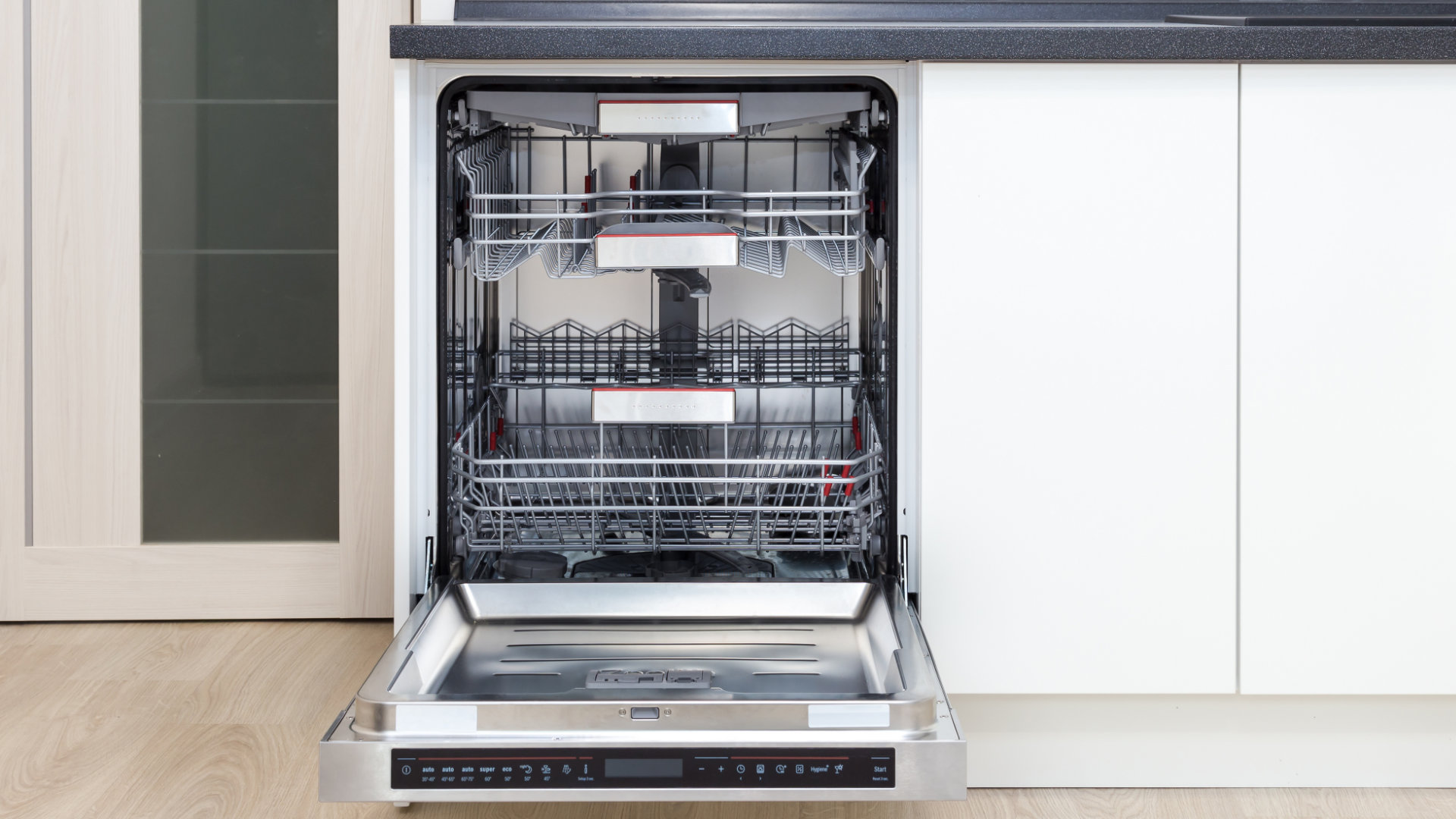
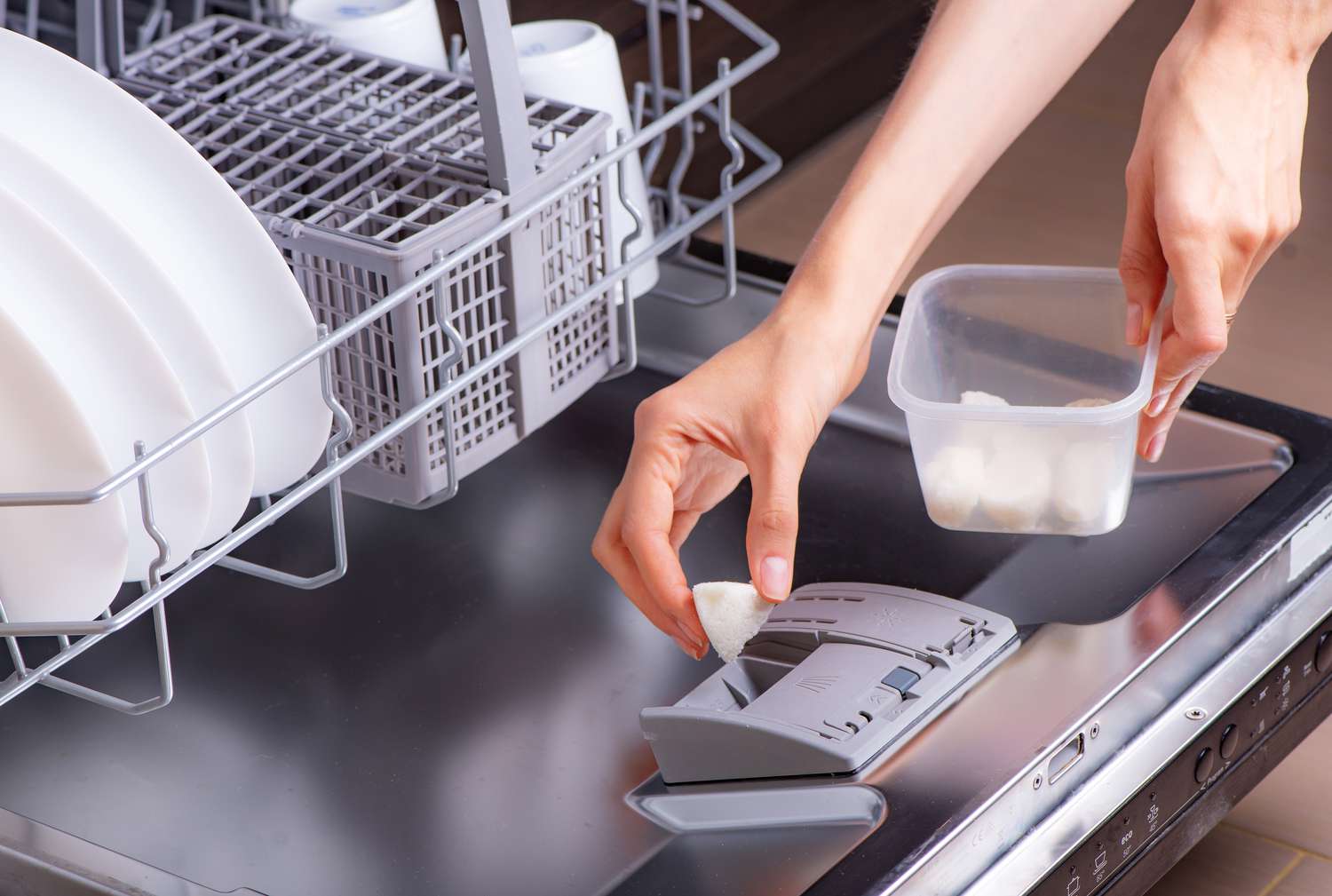

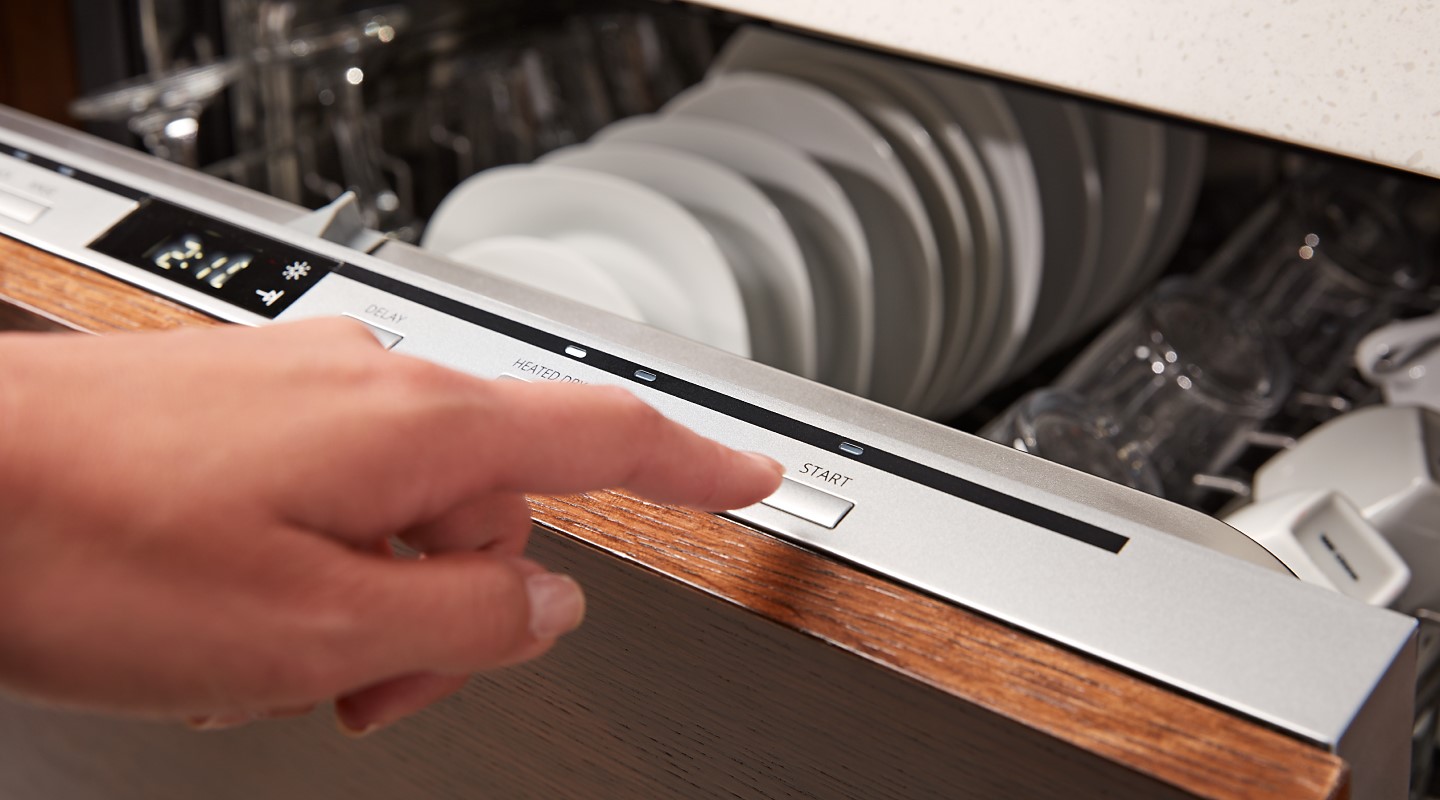
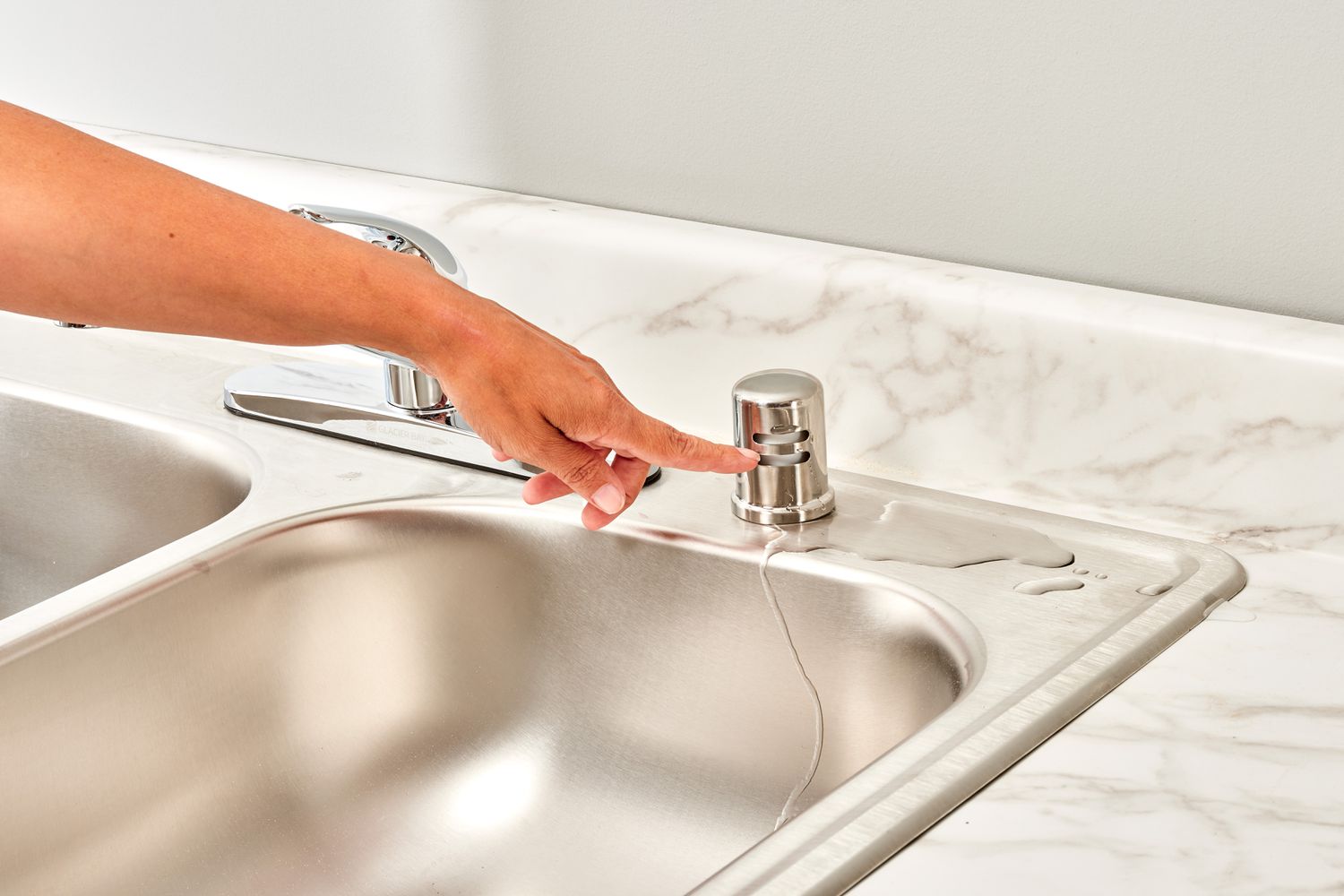
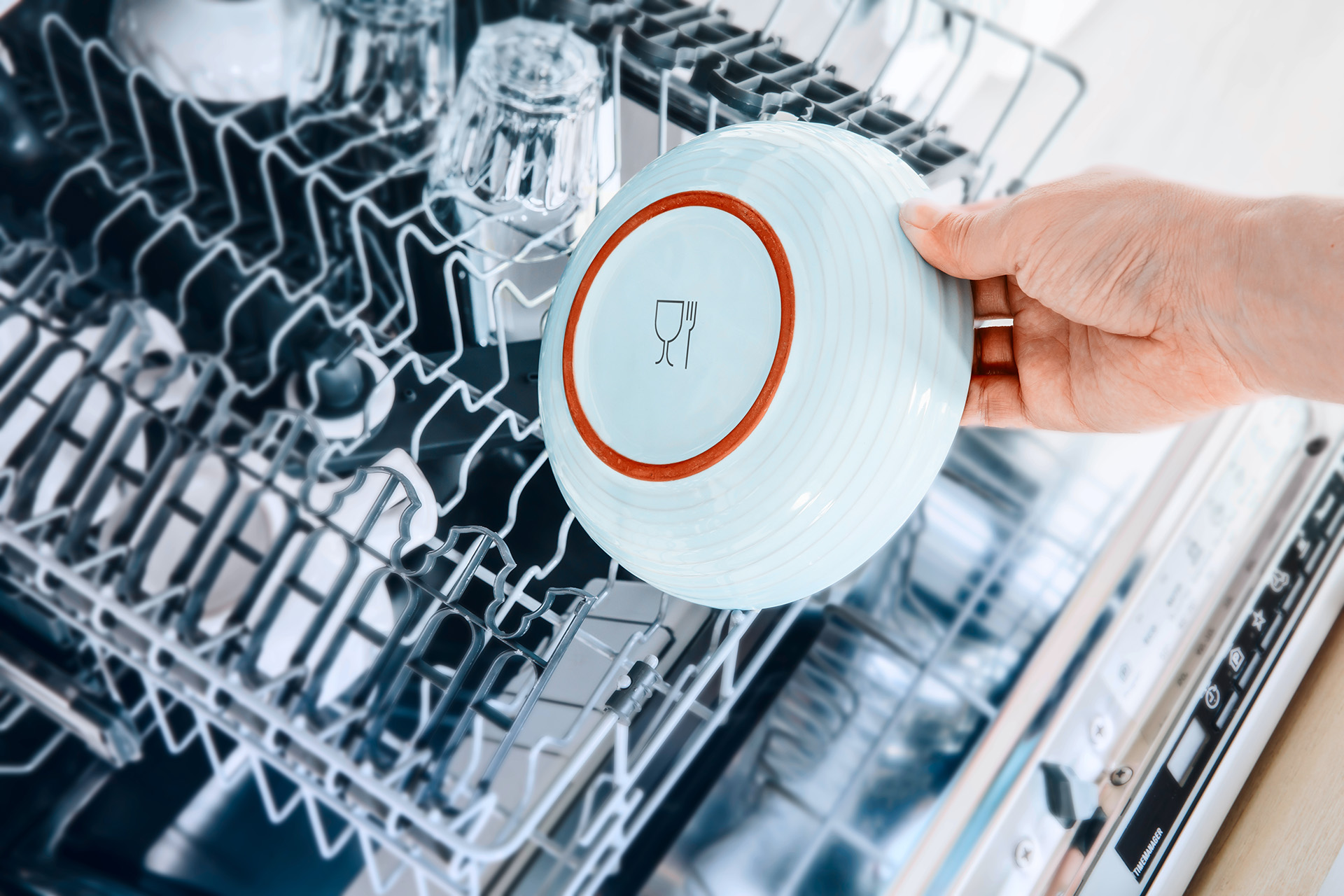

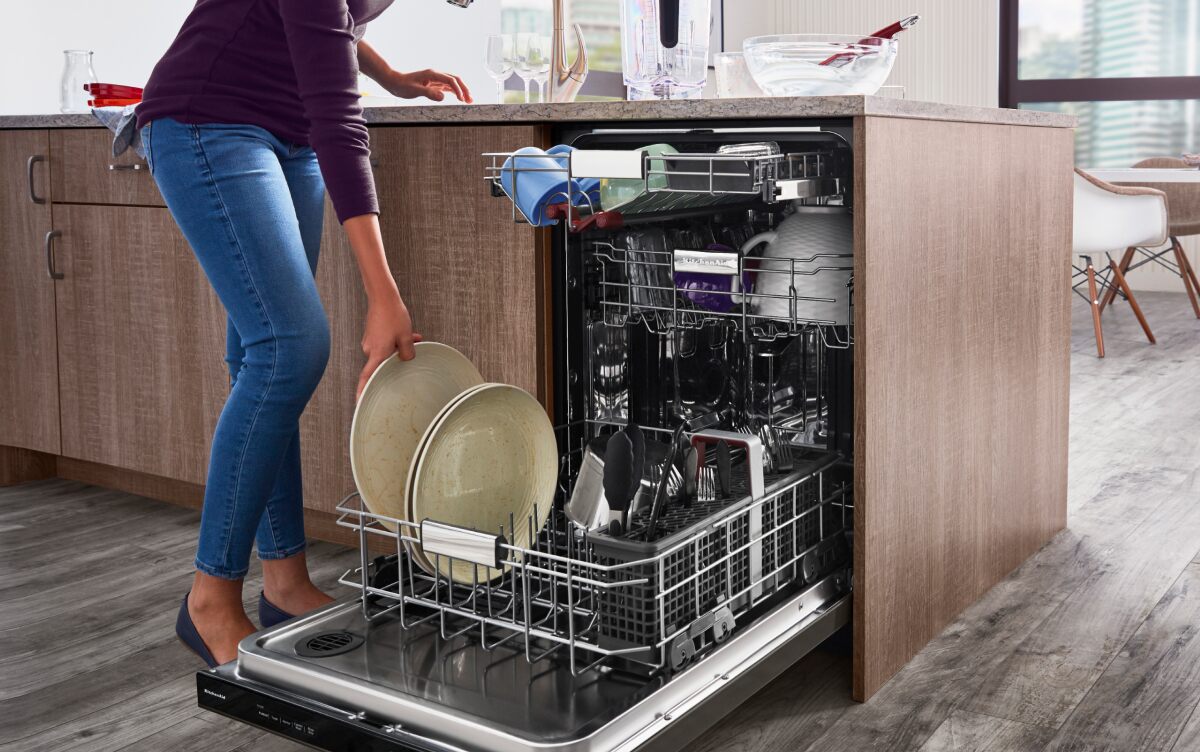
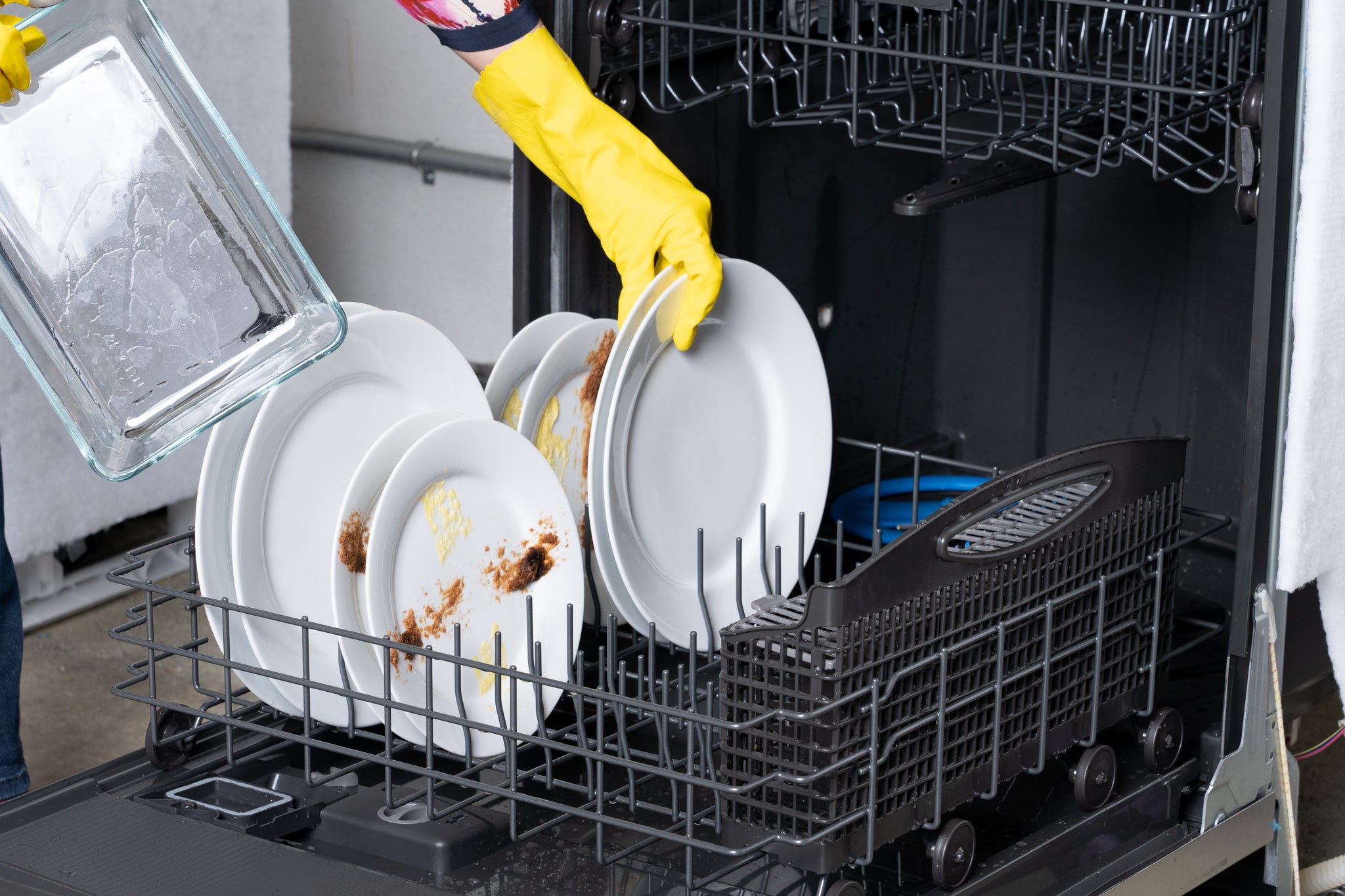
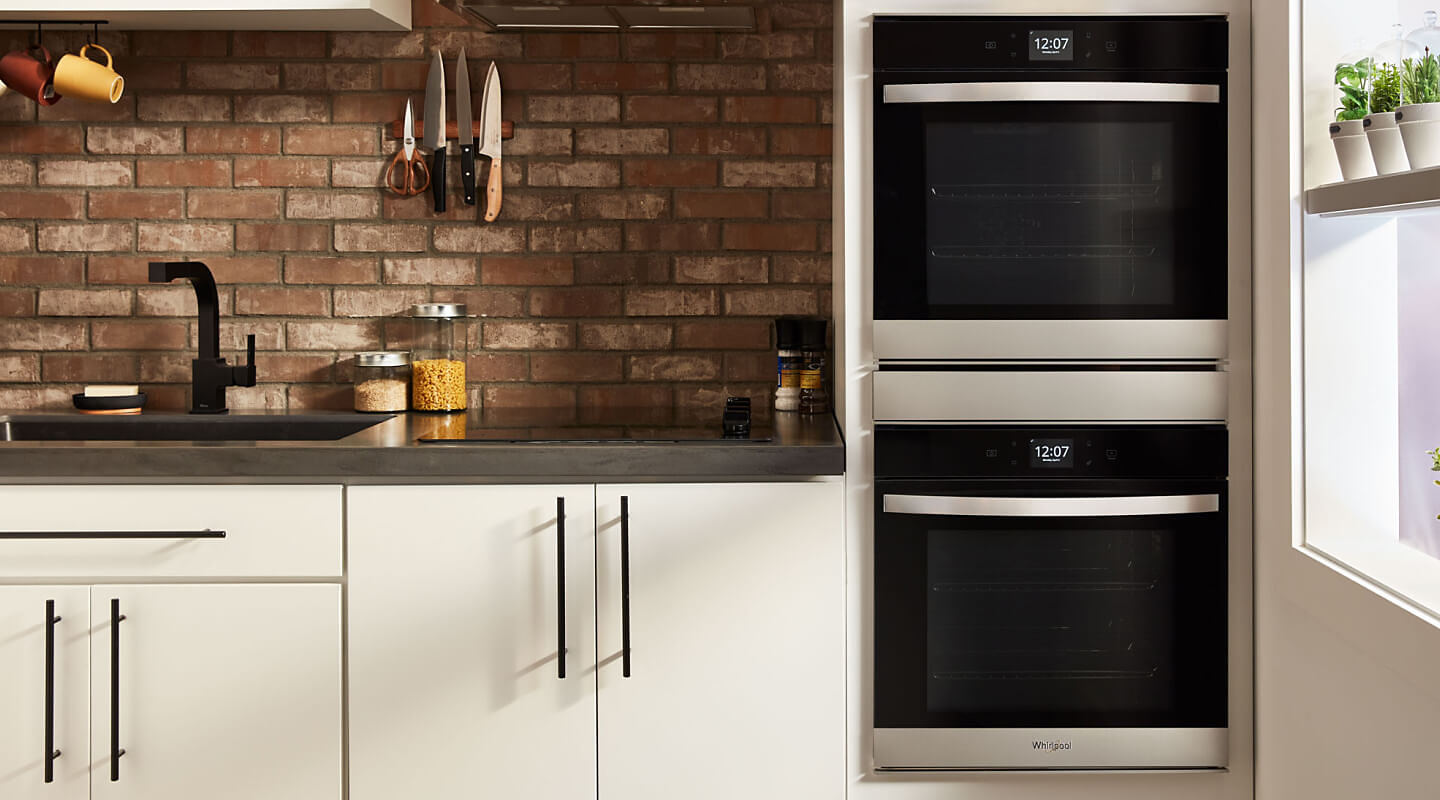
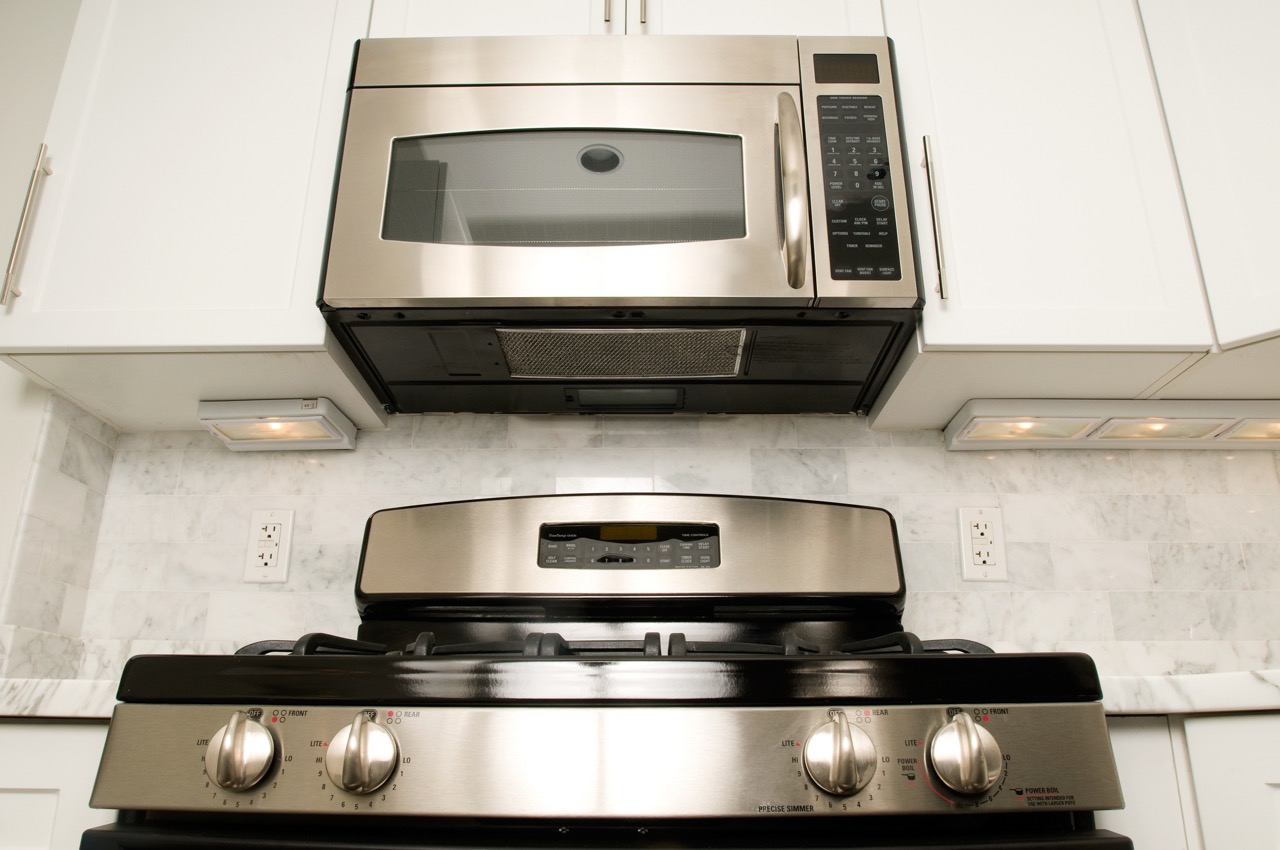


0 thoughts on “What Is Built In Dishwasher”